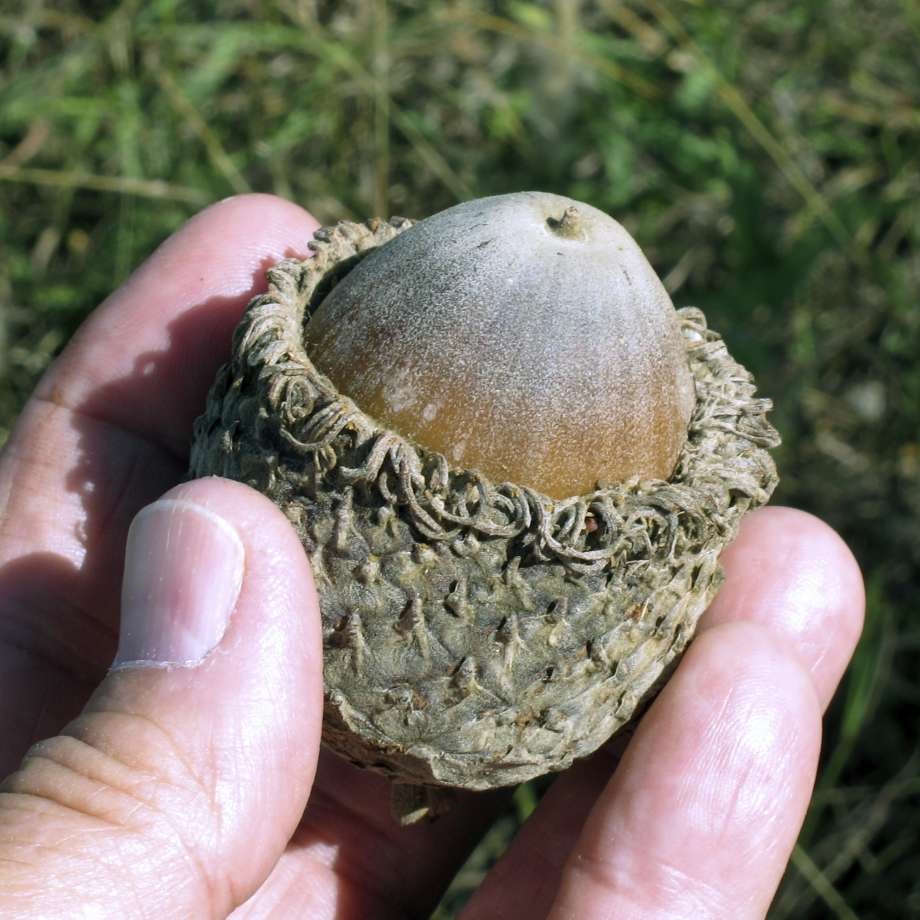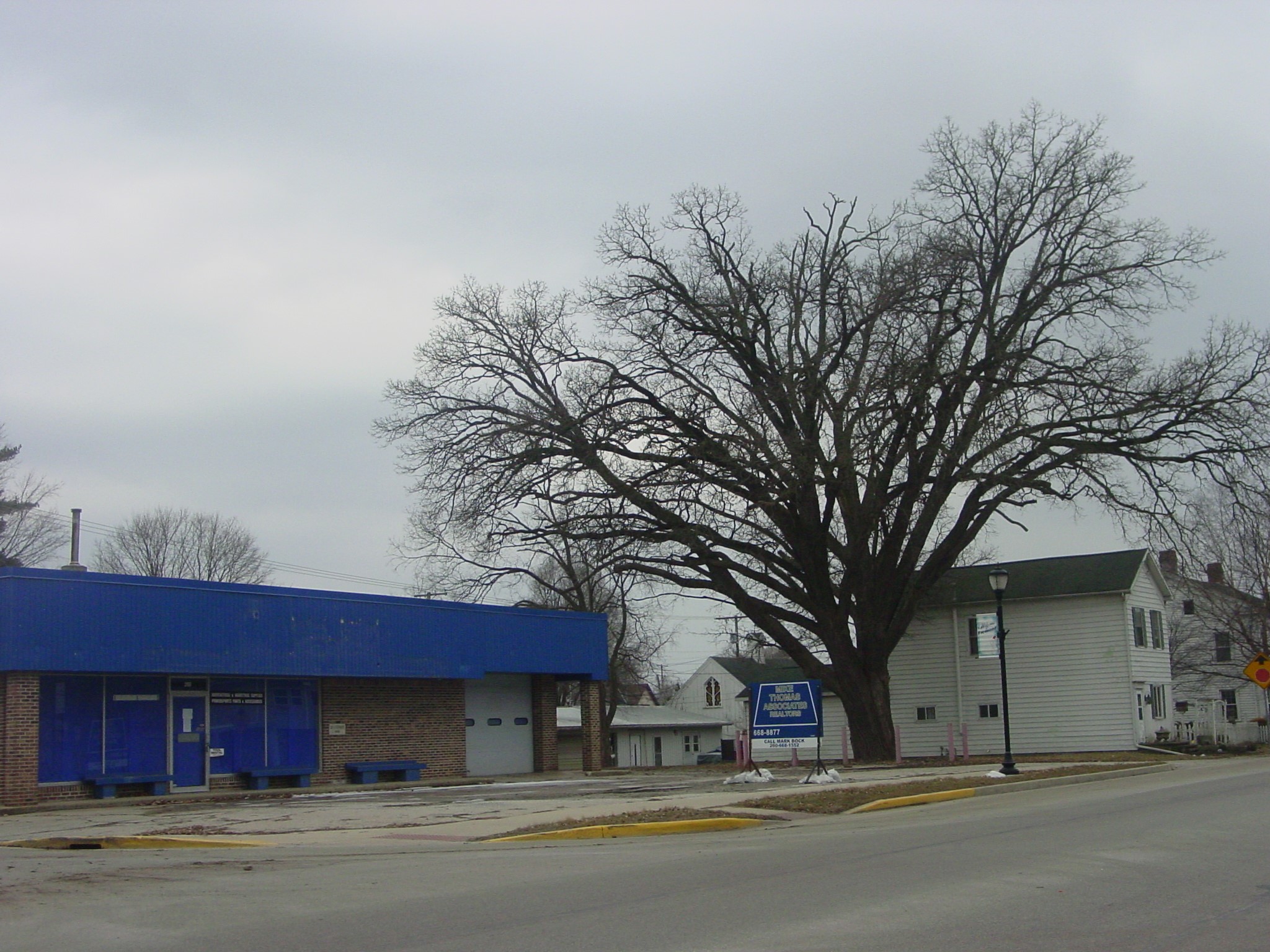Trees of Clear Lake Twp.
March 23, 2020
What native tree produces acorns that resemble this fuzzy hat?
Did you guess the bur oak tree? You are right!
The bur oak is a wondrous long-lived tree with somewhat unusual acorns. The shagginess and the size of the cap are the reasons for the tree's other common name: mossy-cup oak. Because the size of the cap often dwarfs the acorn attached, it resembles a fuzzy hat!

When French botanist André Michaux (1746-1802) garnered the botanical naming rights for bur oaks, he went for the obvious: Quercus macrocarpa, 'the Oak with the large fruit.' The bur oak grows at a slow rate to a height of 70–80' with a significant spread at maturity. Full sun is the ideal condition for this tree, meaning it should get at least six hours of direct, unfiltered sunlight each day. The bur oak grows well in acidic, alkaline, loamy, sandy, well-drained, wet and clay soils. While it prefers moderate moisture, the tree has some drought tolerance.
This tree offers dense shade, tolerates pollution and heat stress, and features alternating leaves that are 6–12" long with 5–9 lobes separated about halfway down by a pair of particularly deep sinuses. The acorns are larger than most others, with a conspicuously fringed cap that extends about halfway down the acorn. Perhaps its most significant attribute is that it can live 200-300 years. Next time you drive in Fremont, check out the massive bur oak located along Toledo Street, near the former Napa Auto Parts.

Bur oak acorns are a highly desirable food source for wildlife and the preferred forage for wood ducks, wild turkeys, white-tailed deer, rabbits, squirrels and other critters. To a squirrel or other wildlife, bur oak acorns are like a huge steak dinner.
If the site is right, why not plant a bur oak? It's a legacy that will last for centuries.
